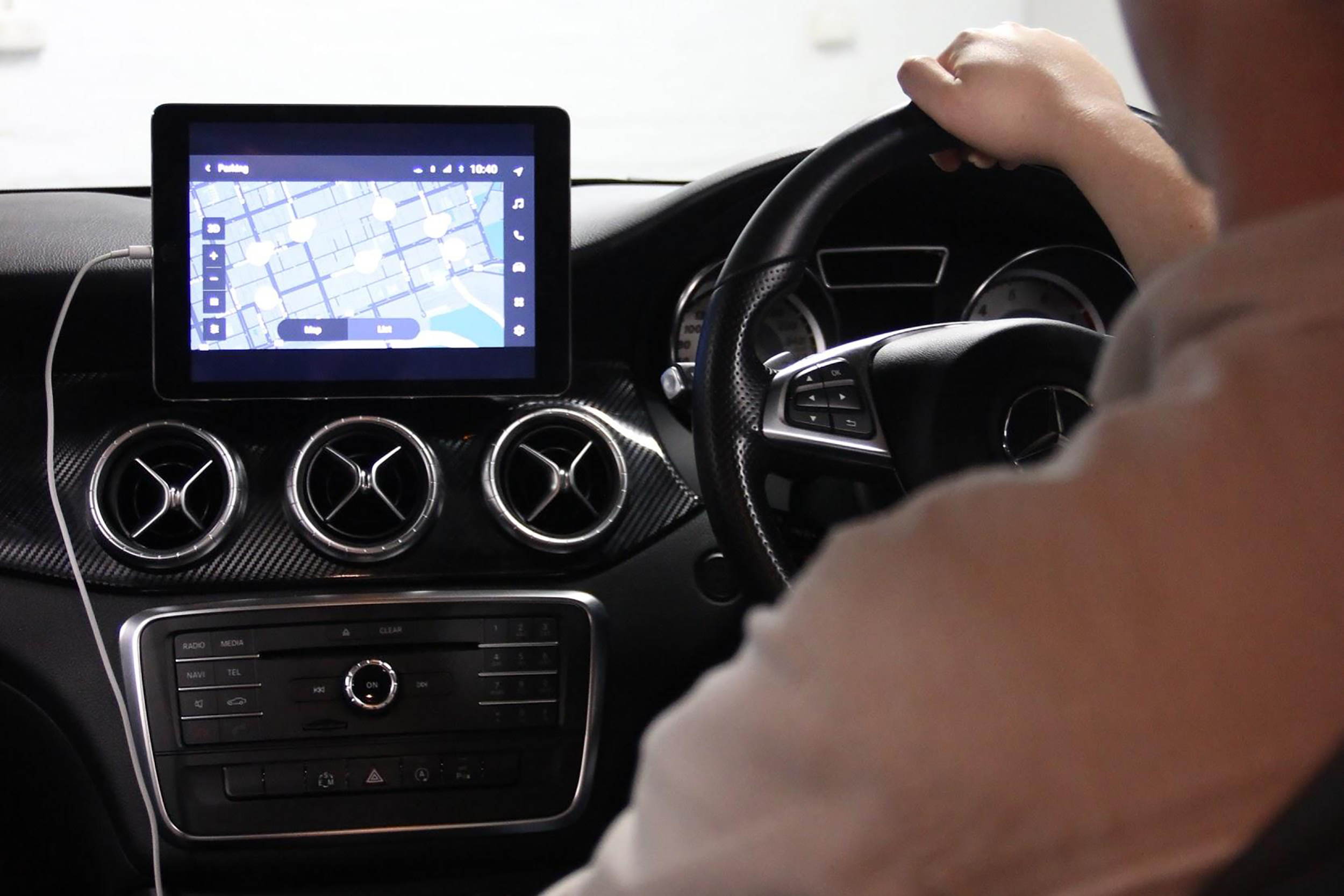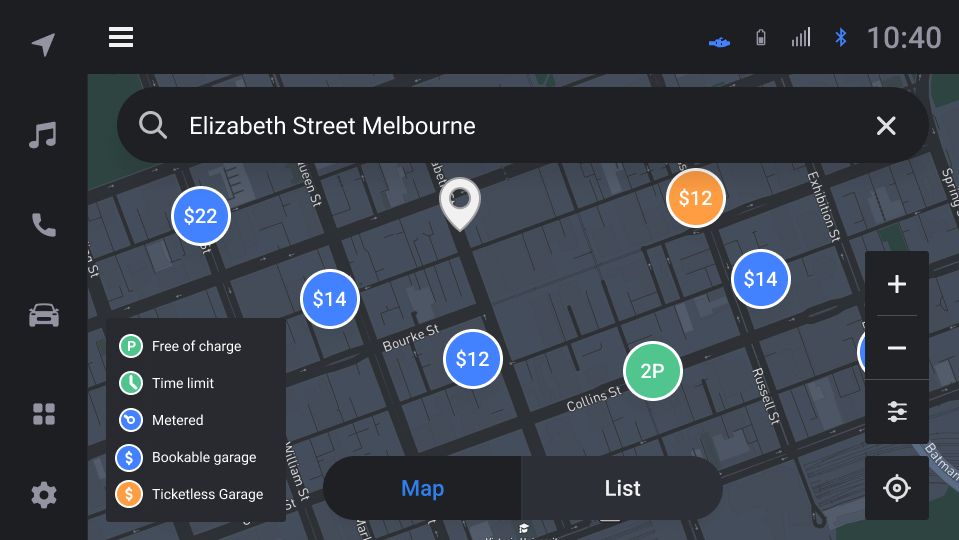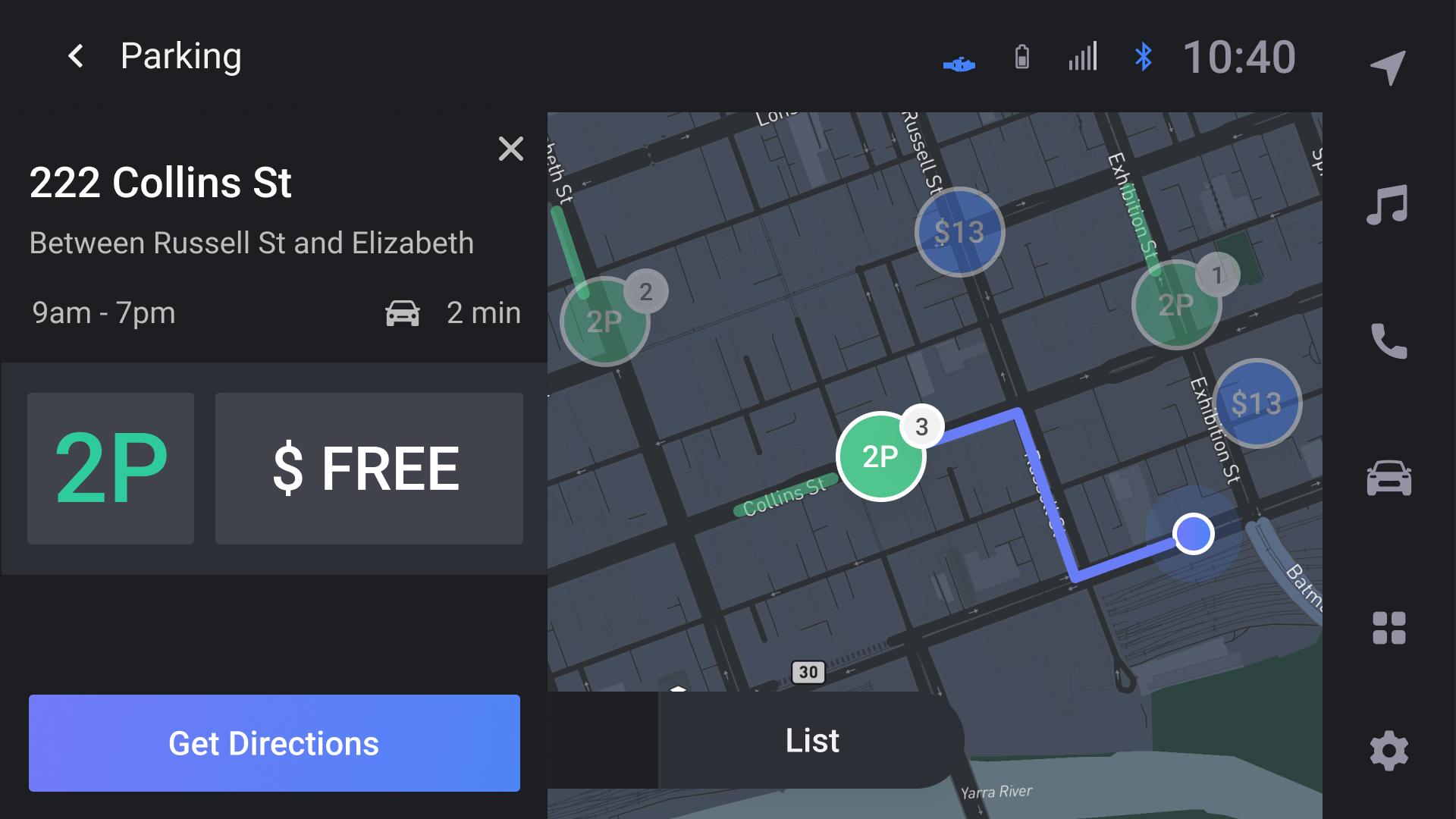Project Summary
Over a period of 12 weeks our goal was to define, design and validate a suite of new native applications for the next generation of Toyota’s in-car infotainment systems in order to create product differentiation and make the vehicles more attractive to customers.

Discovery
I used the ‘Jobs To Be Done (JTBD)’ framework to interview customer and understand thier needs and sorted them into primary/secondary and social/emotional. In total, the design team interviewed a total of 20 car drivers from varying demographics. I then used an affinity map to identify and categorise the most common problems that drivers experience before isolating those problems that were feasible to solve using the technology available, i.e. the in-car system. I also researched solutions from other car manufacturers in order to identify how we might differentiate our product from competitors.
Methods and skills used:
Interviewing
Competitor Analysis
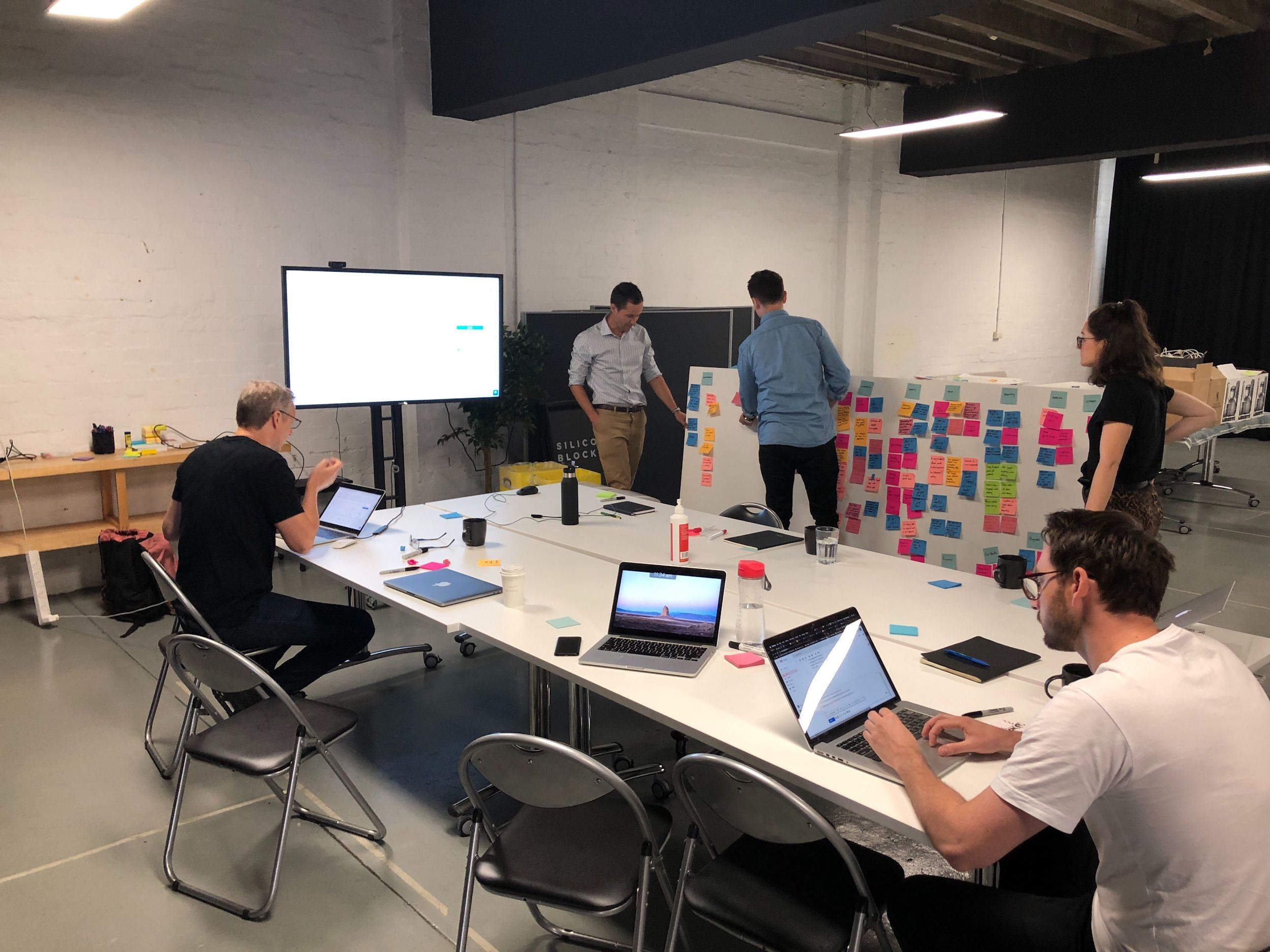
Many potential users and industry experts were interviewed to try and understand the users' needs.

Ideation
With a list of problem statements defined, I then facilitated a workshop with client stakeholders in order to ideate solutions to the customers problems we identified earlier. By working individually and them coming together to share and vote on our favourite concepts, we were able to generate several ideas in a short space of time and also agree on a path forward as a group.
Methods and skills used:
Workshop Facilitation
Wireframing


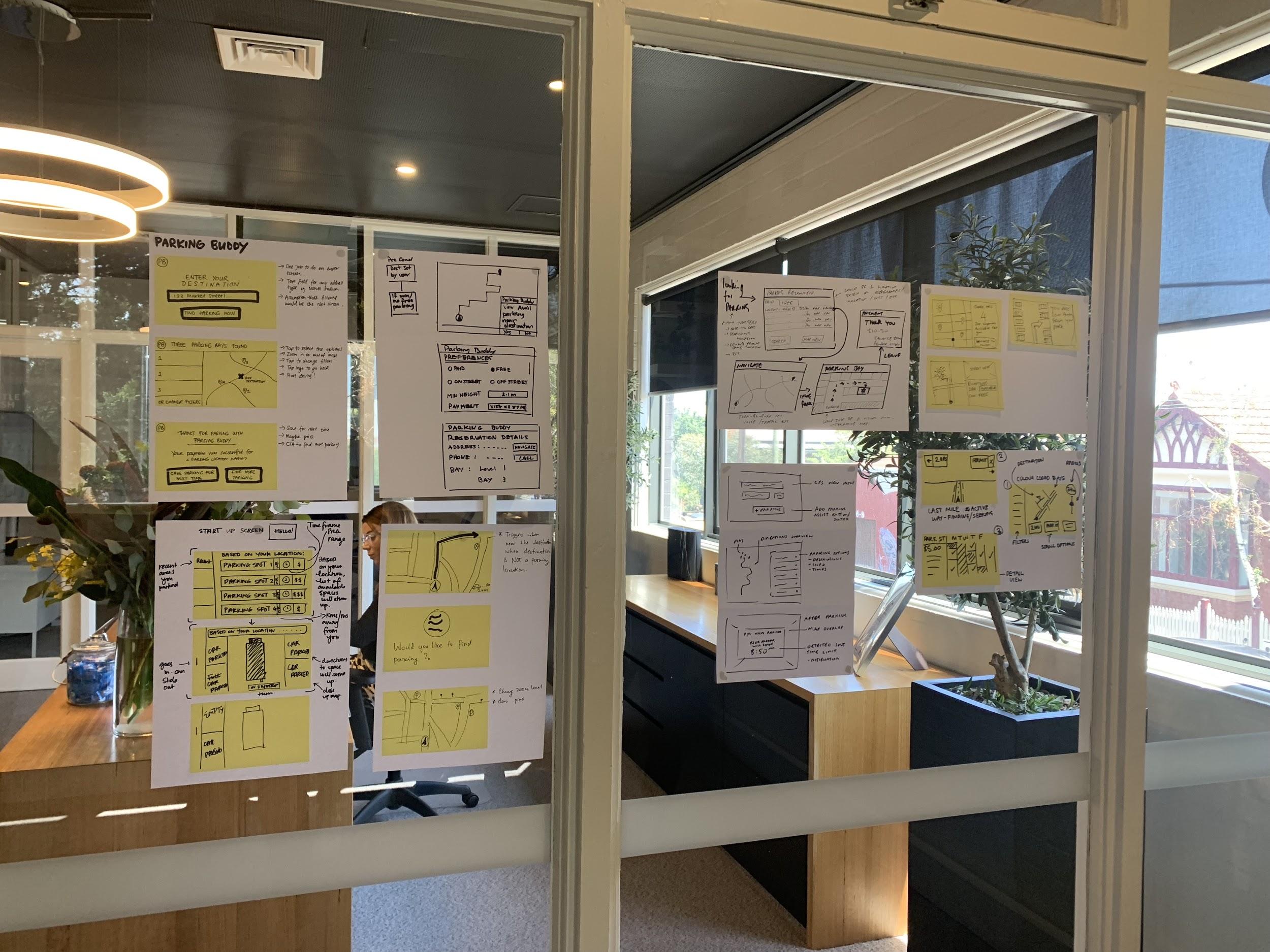

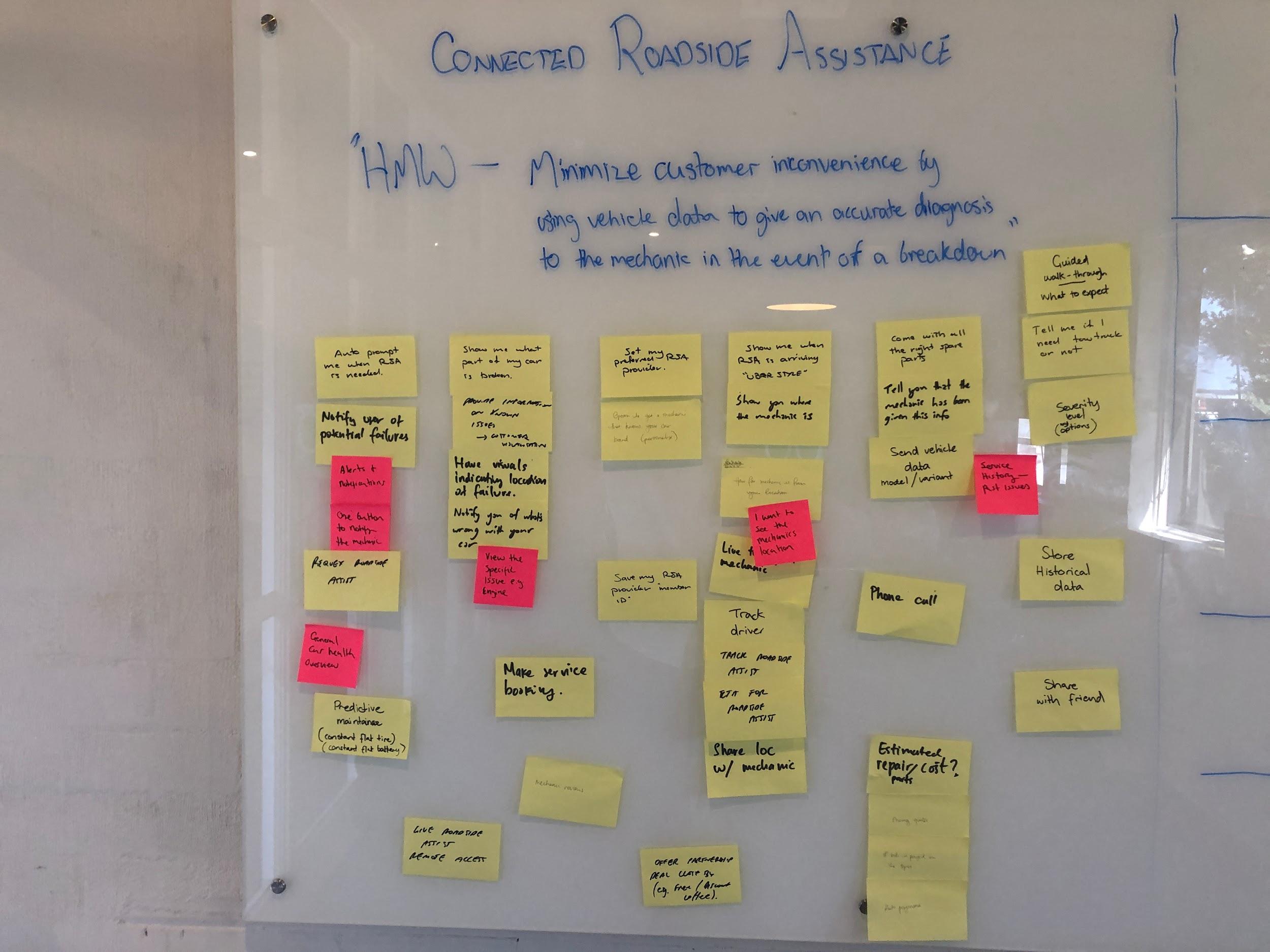
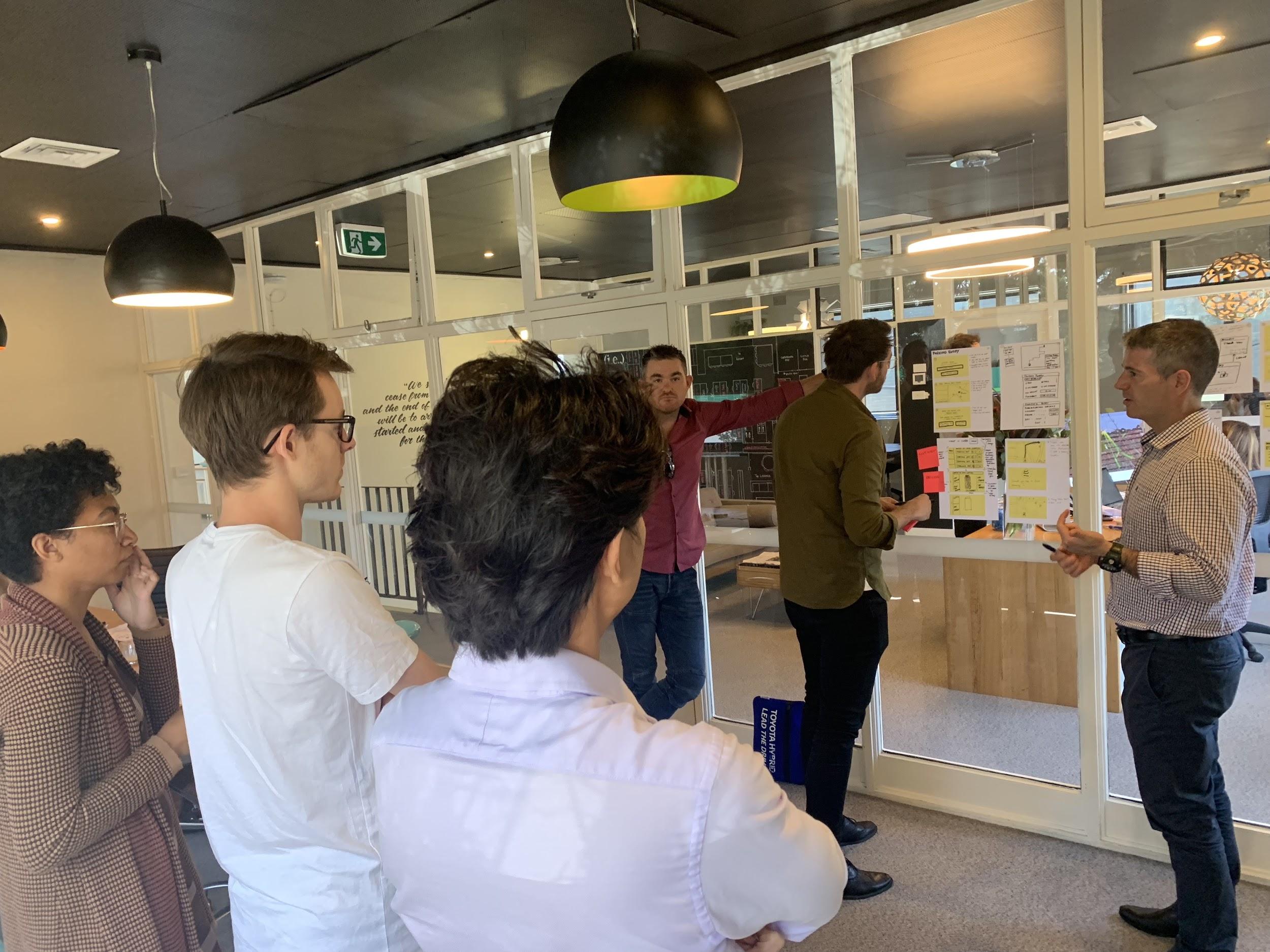
'Pretotyping' Experiments
In order to quickly and cheaply validate the concepts that the team created, we ran a series of 'pretotype' experiments. Pretotyping allows the team to more accurately gauge the true desirability of an idea from the point of view of the customer by asking them for 'skin in the game' - a small investment such as personal data that goes some way to proving that the concept is of genuine interest and not just something that customers 'say' they want in an interview.
One such experiment was a 'Fake Door', whereby we advertised a fictional product that allows customers to order and track breakdown recovery. We used a combination of strategically placed QR codes, Google Ad Words and a Squarespace landing page to attract customers and then ask for their contact information if they would like to learn more about when this product would launch. The engaement levels of two campaigns (the second with a slightly higher barrier to entry) are shown in the chart below:
Methods and skills used:
Data Analysis
Prototyping
Guerilla Testing

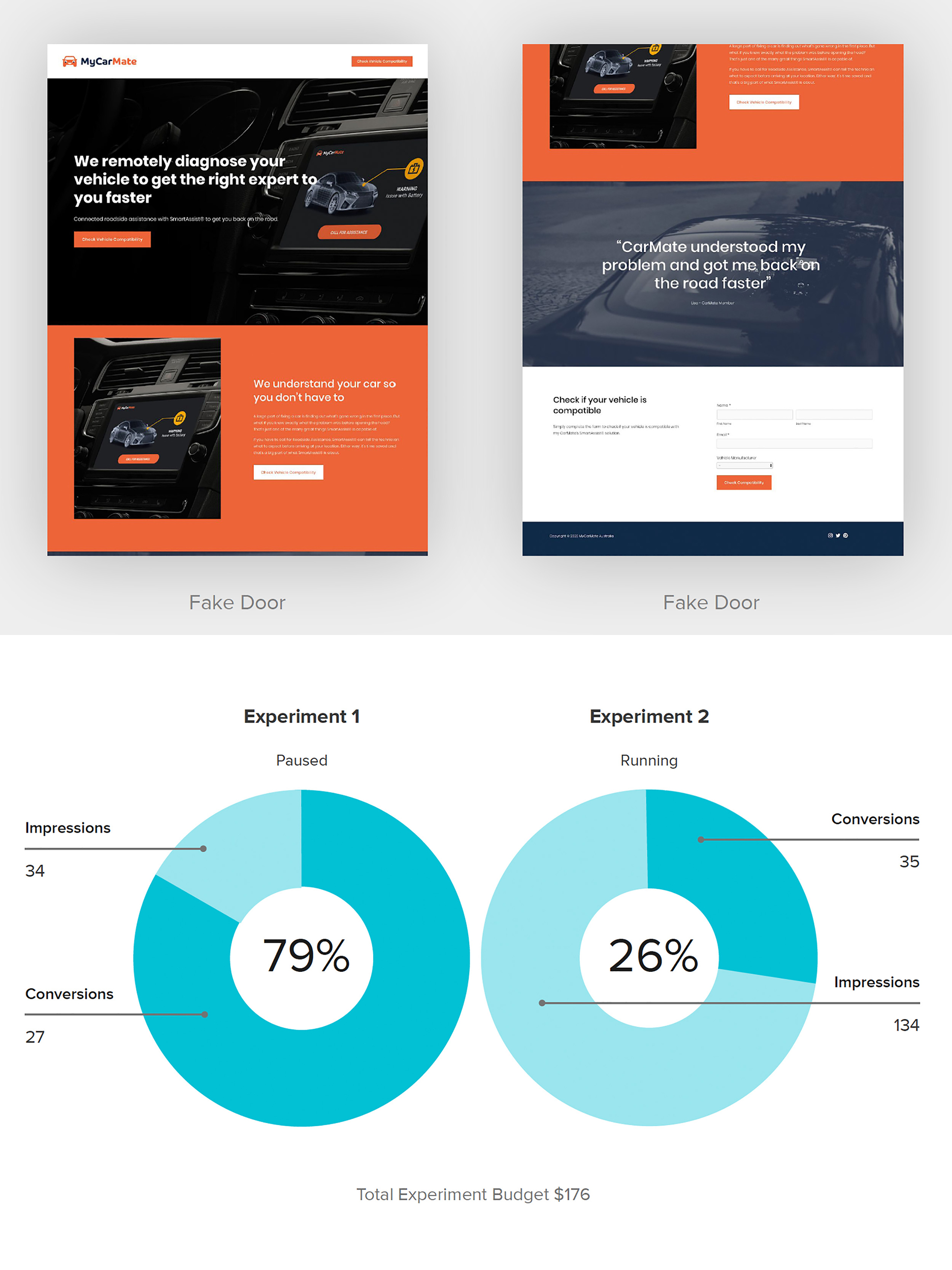
Prototype & Test
After tracking and analysisng the results of each experiment, we were able to prioritise them in order of desirability and create a series of working prototypes to test with real users in order to validate the concept further and also test their usability. To gather more accurate results we invited customers to test the product 'in situ' from the drivers seat of a car, using a tablet to replace the cars head unit.
Methods and skills used:
User Testing
Prototyping
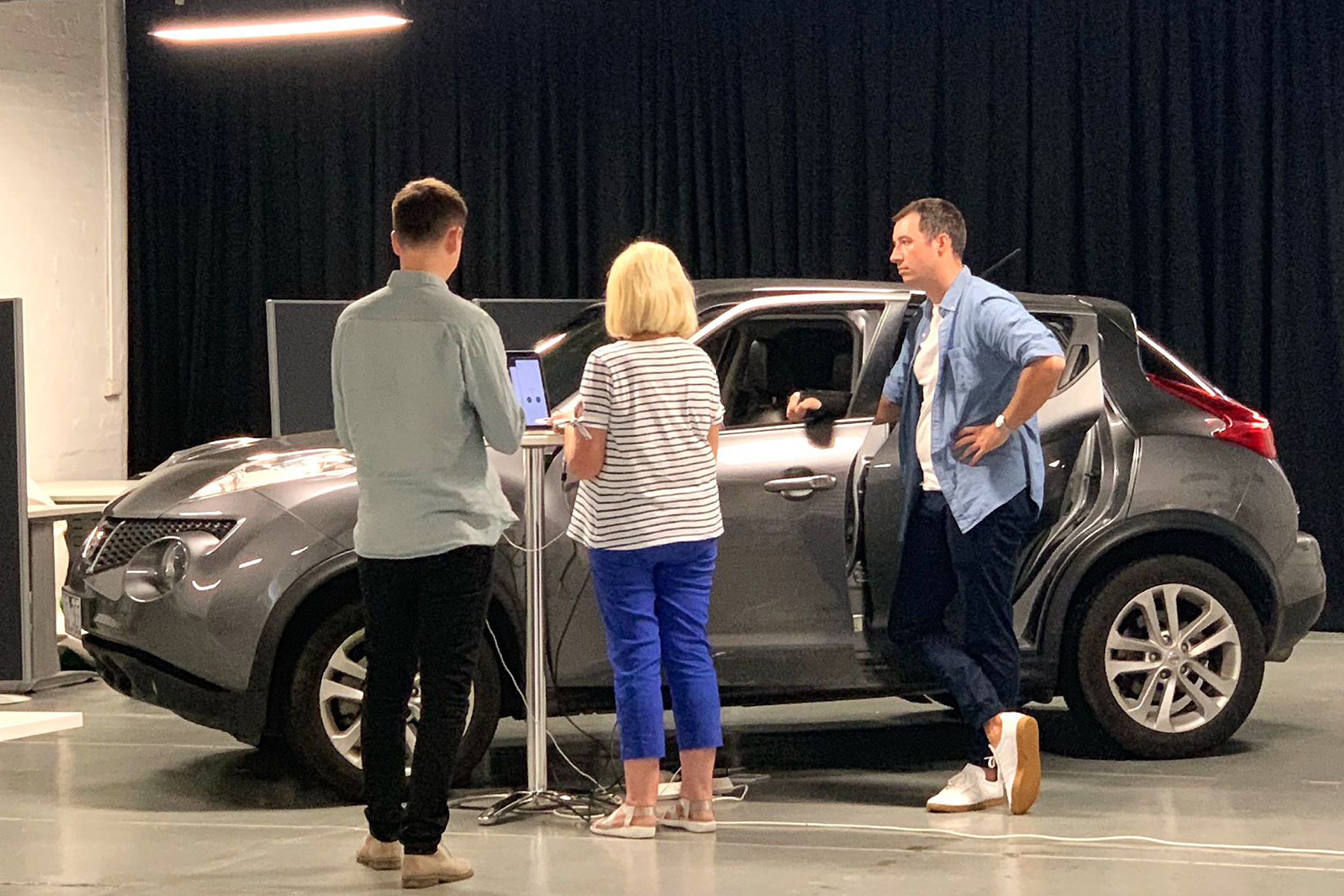
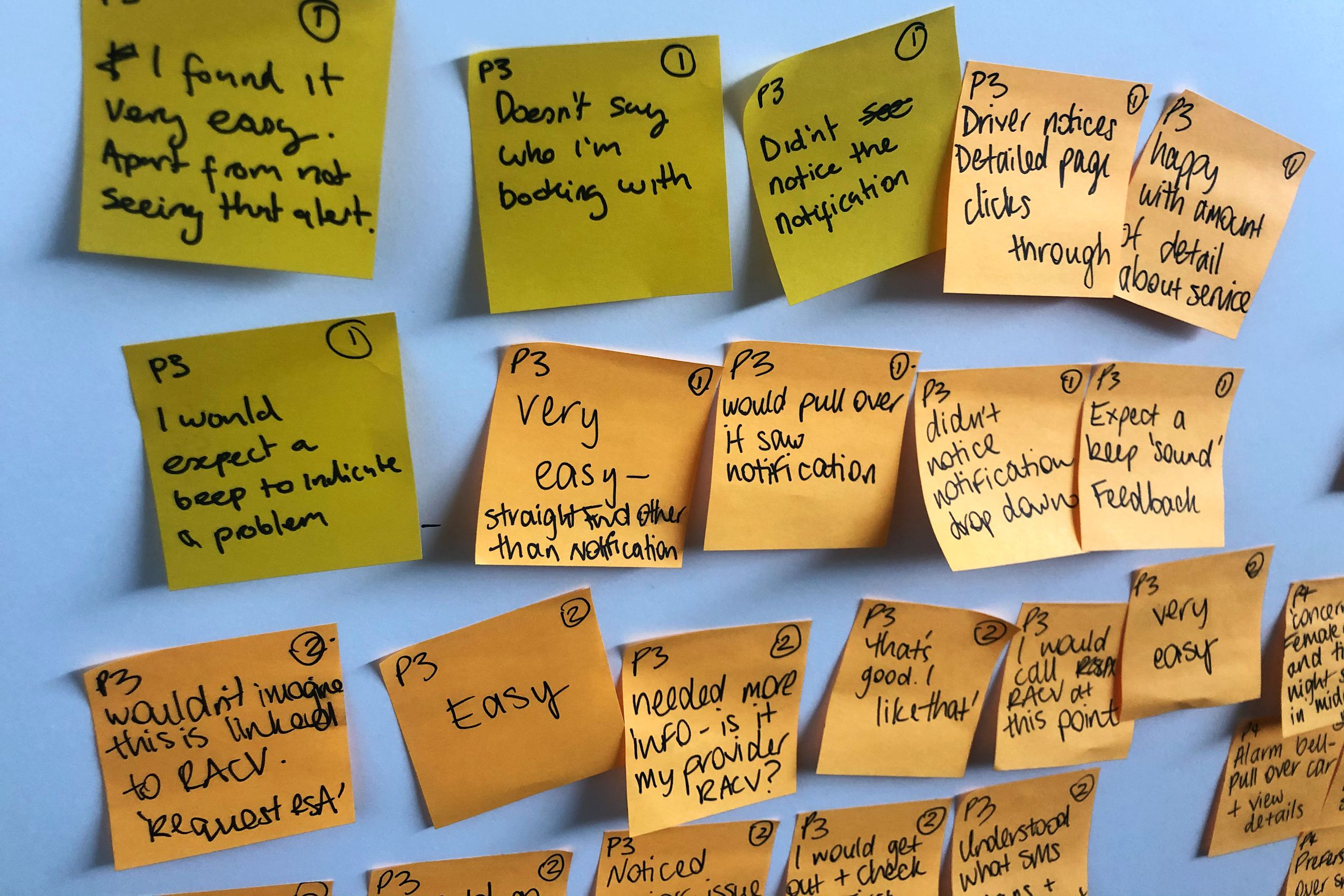
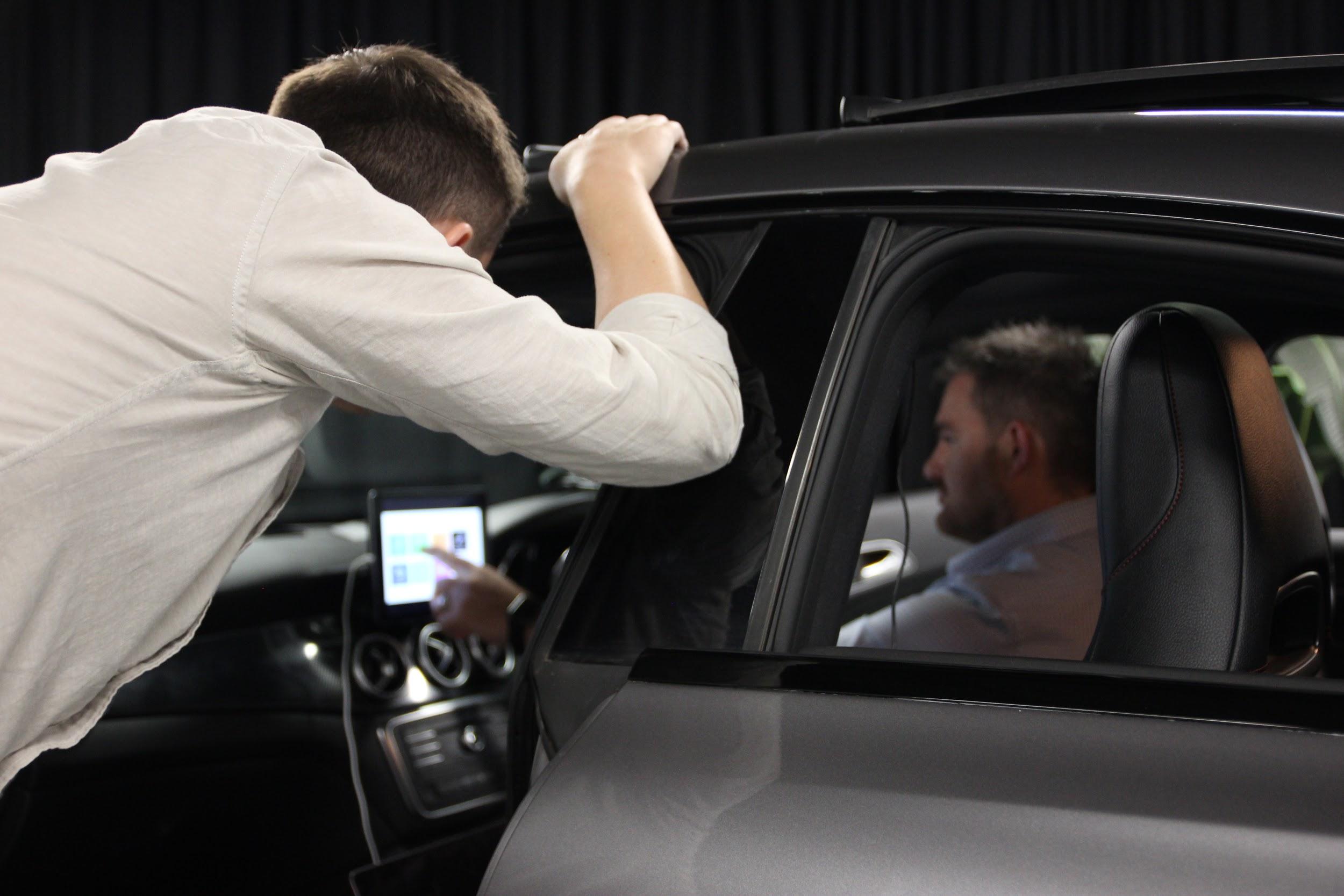
Notes taken after the user testing sessions provided me with feedback and ways to iterate and improve the design before re-testing.
Implementation
Once testing was complete and feedback gathered and considered, I iterated the concepts further and created the final concept UI for use on the car's head unit.
Methods and skills used:
Sketch
UI Design
Prototyping

